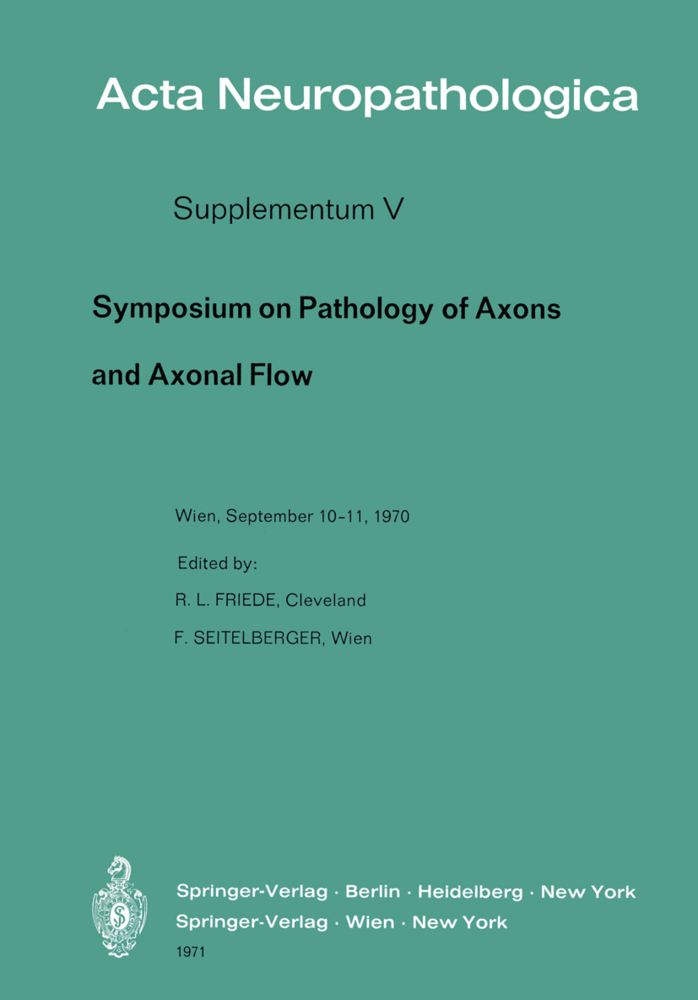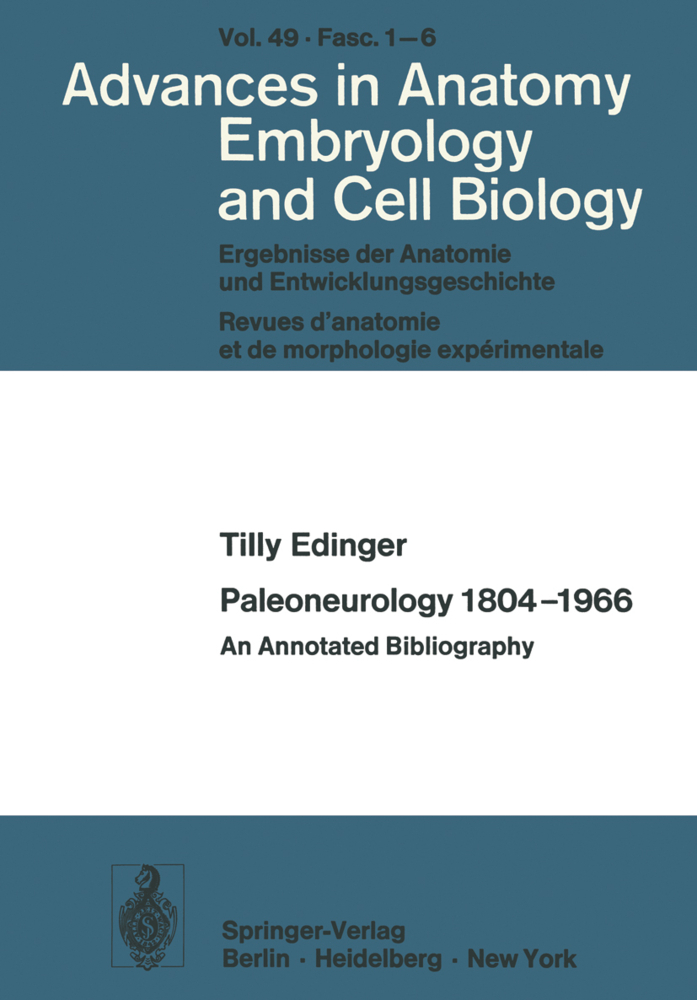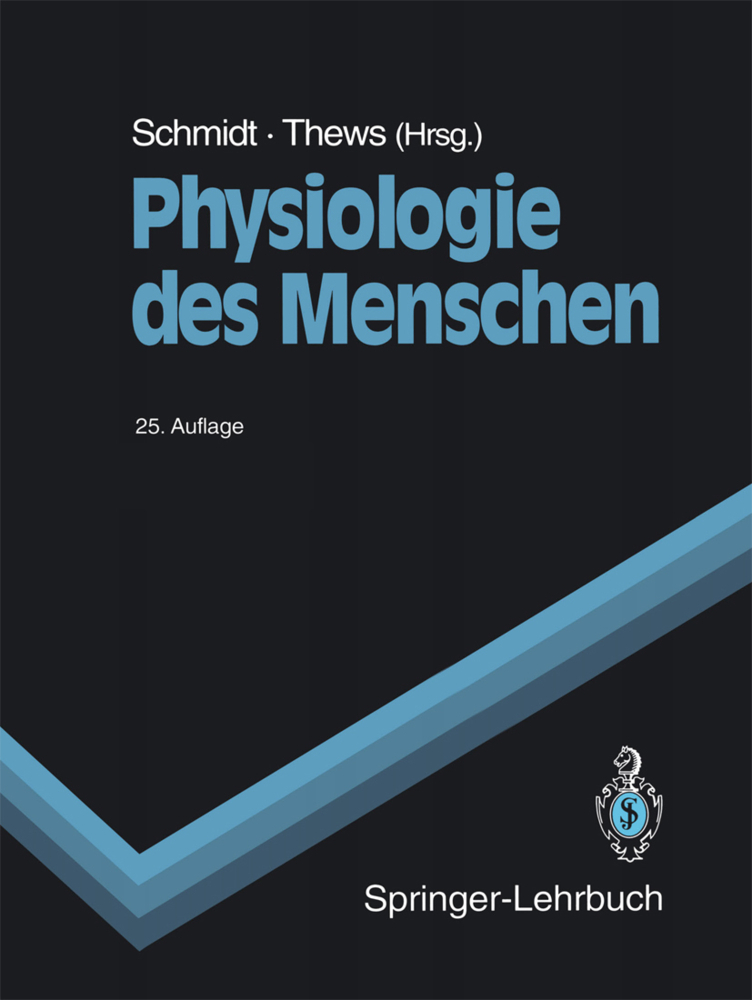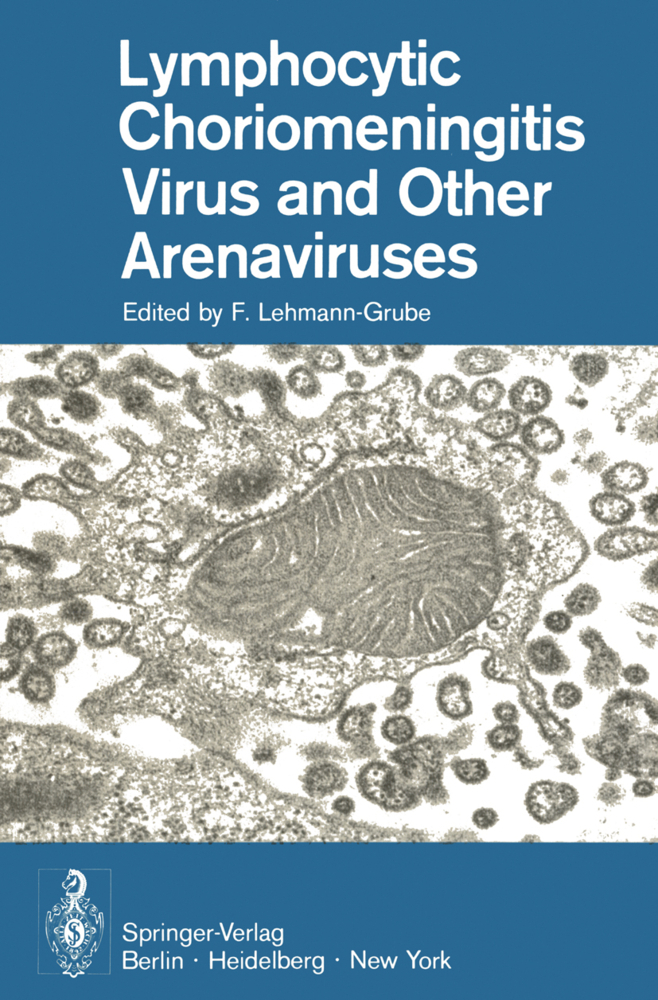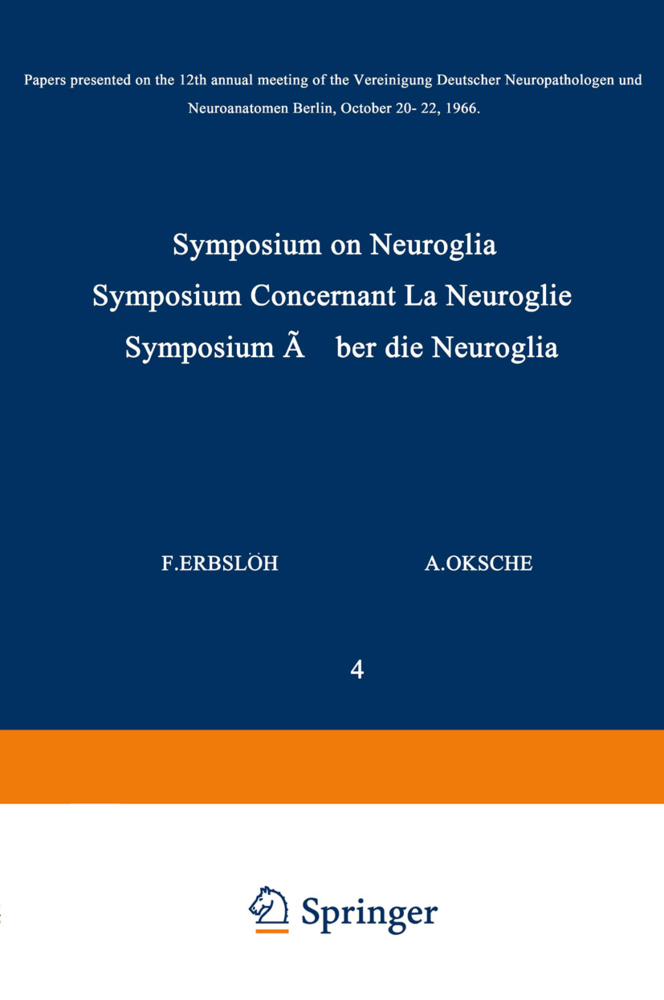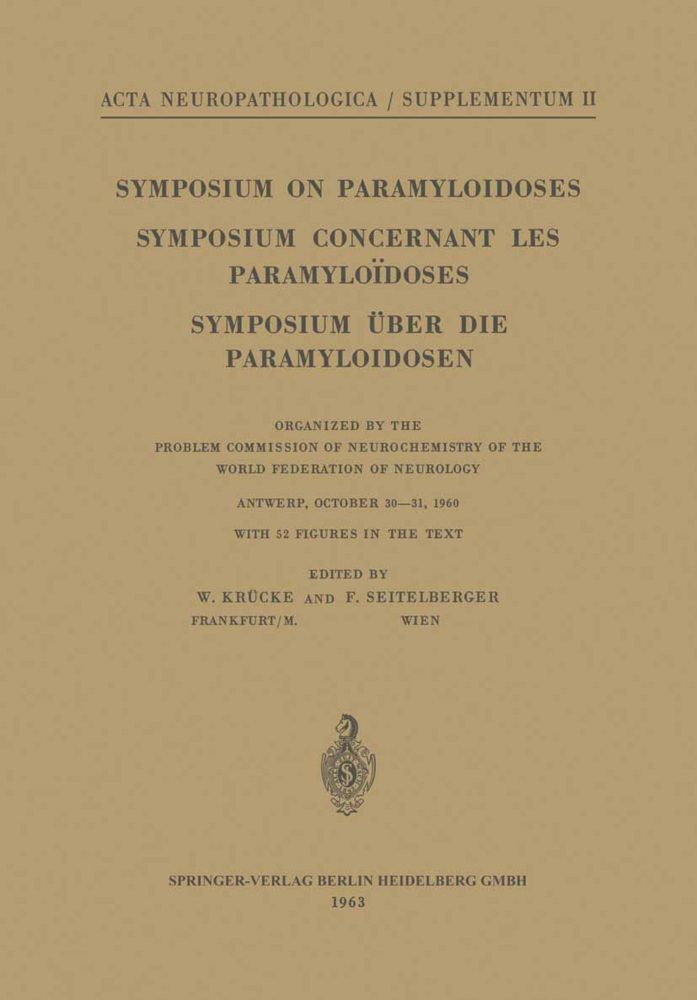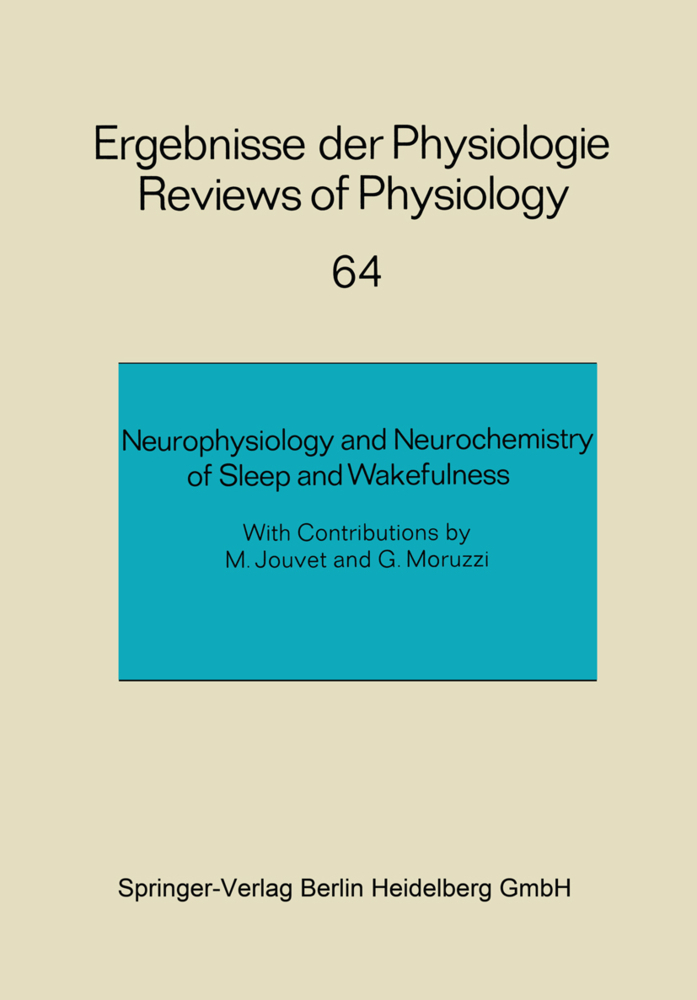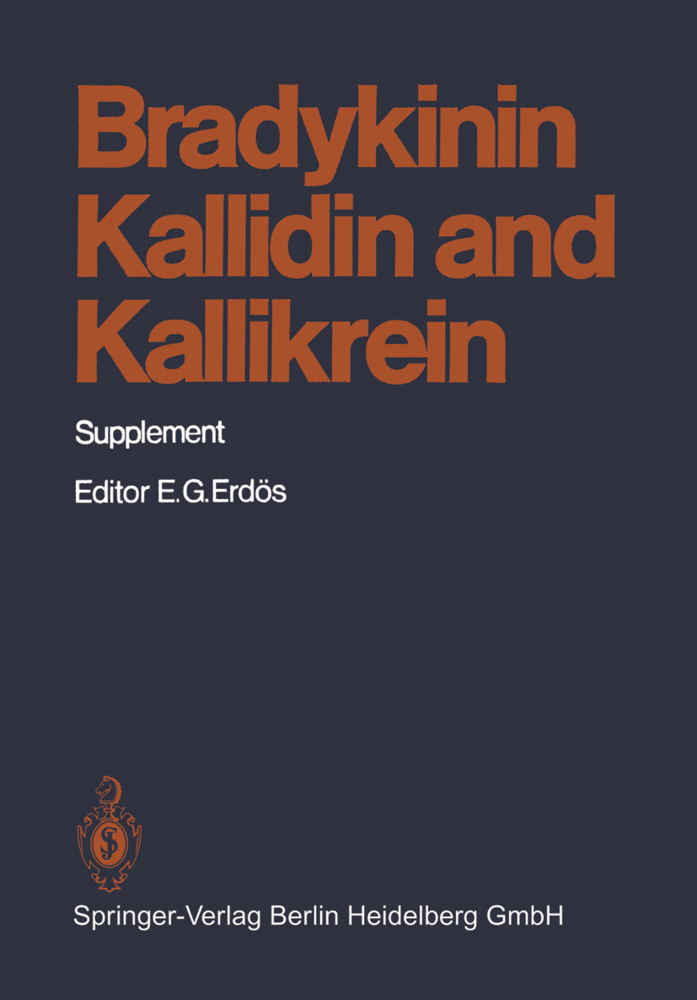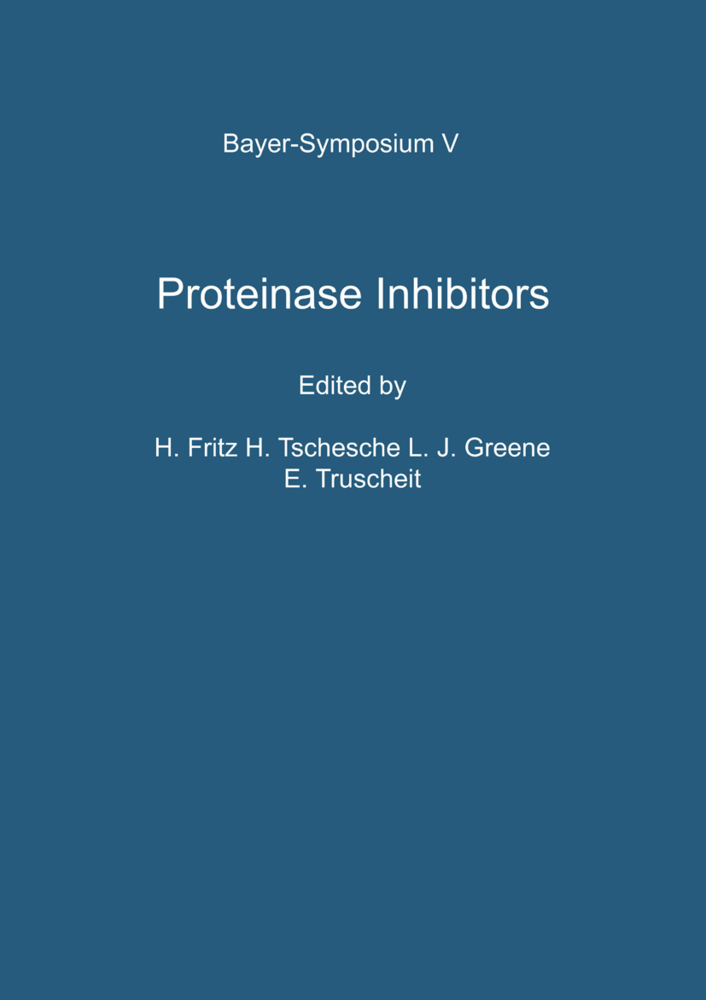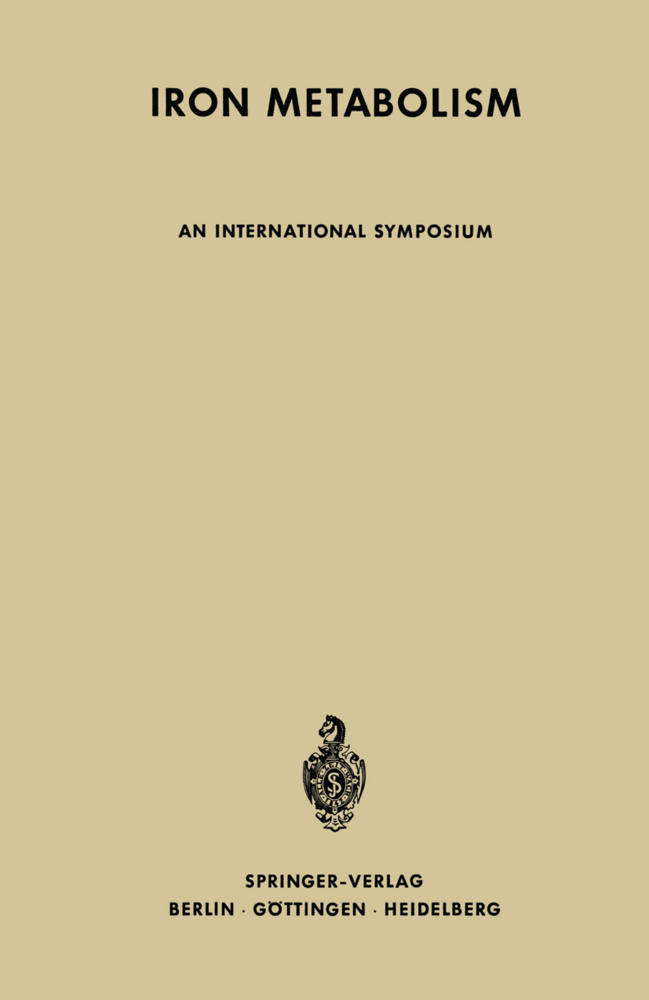Symposium on Pathology of Axons and Axonal Flow
Organized by the Österreichische Arbeitsgemeinschaft für Neuropathologie and the Research Group of Neuropathology of the World Federation of Neurology Wein, September 10 and 11, 1970
Symposium on Pathology of Axons and Axonal Flow
Organized by the Österreichische Arbeitsgemeinschaft für Neuropathologie and the Research Group of Neuropathology of the World Federation of Neurology Wein, September 10 and 11, 1970
Advances in axon biology are so rapid that every year provides us with a wealth of new facts and observations; hence, this conference cannot reasonable be expected to answer all questions. Rather, its purpose must be to take stock of the available data, to communicate advances and new concepts, and to help us to formulate the goals and approaches for future research. To this end, ample time was allotted during the symposium for discussion, but these exchanges of thoughts cannot, unfortunately, be included in the printed text. We hope that publication of the presentations will provide a valuable source of information on the present state of knowledge on this most important borderland between neuro pathology, neurophysiology and neurochemistry. We would like to express our gratitude to all participants of the symposium for contributing their efforts and for their enthusiasm. We are also indebted to Springer Verlag and Bergmann Verlag for publication of the symposium and for their appreciation of the editorial concerns.
Infantile Neuroaxonal Dystrophy or Seitelberger's Disease: II. Peripheral Nerve Involvement. Electron Microscopy Study in one Case
How Long Can Degenerating Axons in the Central Nervous System Produce Reactive Changes? An Electron Microscopic Investigation
Fine Structural Changes of Neurites in Alzheimer's Disease
Mitochondrial Changes in Axonal Dystrophy Produced by Vitamin E Difficiency
Permeability of Blood Vessels and Connective Tissue Sheaths in the Peripheral Nervous System to Exogenous Proteins
Changes in Axonal Flow During Regeneration of Mammalian Motor Nerves
Nuclear, Cytoplasmic and Axoplasmic RNA in Experimental Neuroaxonal Dystrophy
The Dependence of Fast Transport in Mammalien Nerve Fibers on Metabolism
Slow and Rapid Transport of Protein to Nerve Endings in Mouse Brain
Transport of S-100 Protein in Mammalian Nerve Fibers and Transneuronal Signals
Dynamic Condition of Protein in Axons and Axon Terminales
Effect of Nerve Section on Protein Metabolism of Ganglion Cells and Preganglionic Nerve Endings
Some Observations on the Experimental Production of Acute Neuroaxonal and Synaptosomal Dystrophy
Independence of the Rapid Axonal Transport of Protein from the Flow of Free Amino Acids
Acetylcholinesterase in Mammalian Peripheral Nerves and Characteristics of its Migration
Role of Slow Axonal Transport in Nerve Regeneration
Axoplasmic Streaming and Proteins in the Retino-Tectal Neurons of the Pigeon
Different Modes of Substance Flow in the Optic Tract
A Symmetrical Double-Label Method for Studying the Rapid Axonal Transport of Radioactivity from Labelled d-Glucosamine in the Gold Fish VisualSystem
Single Cell Isotope Injection Technique, a Tool for Studying Axonal and Dendritic Transport
Neuronal Organelles in Neuroplasmic ("Axonal") Flow, I. Mitochondria
Neuronal Organelles in Neuroplasmic ("Axonal") Flow, II. Neurotubules
Axonal Transport of Proteins in the Optic Nerve and Tract of the Rabbit
Changes in Microtubules and Neurofilaments in Constricted, Hypoplastic Nerve Fibers
Effects of Vinblastine and Colchicine on Monoamine Containing Neurons of the Rat, with Special Regard to the Axoplasmic Transport of Amine Granules
The Importance of Axoplasmic Transport of Amine Granules for the Functions of Adrenergic Neurons
Axonal Transport of Proteins in the Hypothalamo-Neurohypophysial System of the Rat
Axonal Transport in the Goldfish Visual System.
Neuroaxonal Dystrophy in Man: Character and Natural History
Neuropathological Conditions Related to Neuroaxonal DystrophyInfantile Neuroaxonal Dystrophy or Seitelberger's Disease: II. Peripheral Nerve Involvement. Electron Microscopy Study in one Case
How Long Can Degenerating Axons in the Central Nervous System Produce Reactive Changes? An Electron Microscopic Investigation
Fine Structural Changes of Neurites in Alzheimer's Disease
Mitochondrial Changes in Axonal Dystrophy Produced by Vitamin E Difficiency
Permeability of Blood Vessels and Connective Tissue Sheaths in the Peripheral Nervous System to Exogenous Proteins
Changes in Axonal Flow During Regeneration of Mammalian Motor Nerves
Nuclear, Cytoplasmic and Axoplasmic RNA in Experimental Neuroaxonal Dystrophy
The Dependence of Fast Transport in Mammalien Nerve Fibers on Metabolism
Slow and Rapid Transport of Protein to Nerve Endings in Mouse Brain
Transport of S-100 Protein in Mammalian Nerve Fibers and Transneuronal Signals
Dynamic Condition of Protein in Axons and Axon Terminales
Effect of Nerve Section on Protein Metabolism of Ganglion Cells and Preganglionic Nerve Endings
Some Observations on the Experimental Production of Acute Neuroaxonal and Synaptosomal Dystrophy
Independence of the Rapid Axonal Transport of Protein from the Flow of Free Amino Acids
Acetylcholinesterase in Mammalian Peripheral Nerves and Characteristics of its Migration
Role of Slow Axonal Transport in Nerve Regeneration
Axoplasmic Streaming and Proteins in the Retino-Tectal Neurons of the Pigeon
Different Modes of Substance Flow in the Optic Tract
A Symmetrical Double-Label Method for Studying the Rapid Axonal Transport of Radioactivity from Labelled d-Glucosamine in the Gold Fish VisualSystem
Single Cell Isotope Injection Technique, a Tool for Studying Axonal and Dendritic Transport
Neuronal Organelles in Neuroplasmic ("Axonal") Flow, I. Mitochondria
Neuronal Organelles in Neuroplasmic ("Axonal") Flow, II. Neurotubules
Axonal Transport of Proteins in the Optic Nerve and Tract of the Rabbit
Changes in Microtubules and Neurofilaments in Constricted, Hypoplastic Nerve Fibers
Effects of Vinblastine and Colchicine on Monoamine Containing Neurons of the Rat, with Special Regard to the Axoplasmic Transport of Amine Granules
The Importance of Axoplasmic Transport of Amine Granules for the Functions of Adrenergic Neurons
Axonal Transport of Proteins in the Hypothalamo-Neurohypophysial System of the Rat
Axonal Transport in the Goldfish Visual System.
| ISBN | 978-3-540-05433-7 |
|---|---|
| Artikelnummer | 9783540054337 |
| Medientyp | Buch |
| Copyrightjahr | 1971 |
| Verlag | Springer, Berlin |
| Umfang | IV, 268 Seiten |
| Abbildungen | IV, 268 p. 56 illus. |
| Sprache | Englisch |

